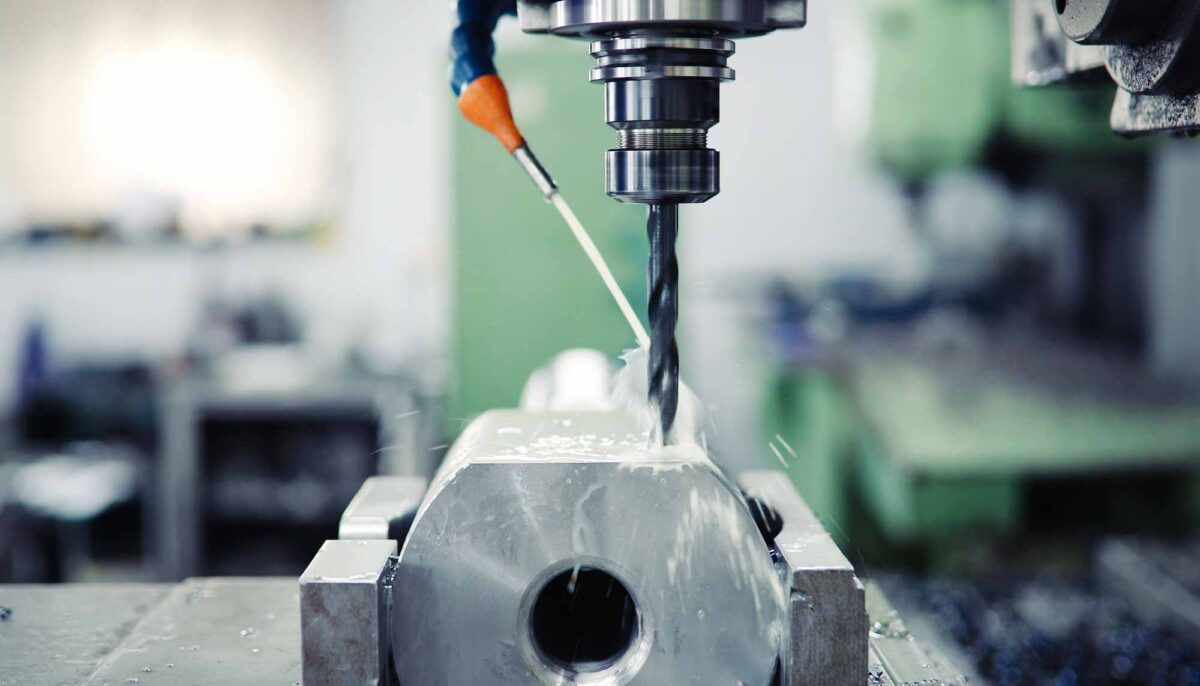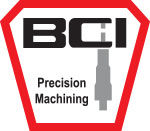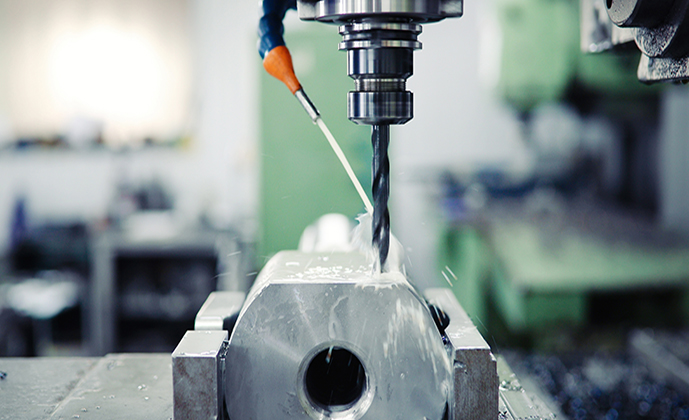
Close up of CNC machine at work
Understanding how the CNC Turning process is achieved can help one better understand the applications for industry. Typically the process involves taking a bar of metal material and securing it in a chuck which is rotated. While this is happening, a tool is inserted into the piece in order to shave off material and create a shape that will be used for the final product. This can be accomplished with a machine that creates one shape, or multiple shapes.
The base materials are typically round in shape, but this is not a hard requirement. What’s more important is the length of the material bar. Certain feeders can only handle particular lengths which affects the handling process. To determine the feasibility of a part before it is worked on, there are a few factors to consider.
- CNC Turners tend to focus primarily on prototyping and smaller volume runs, so consider how many are needed for your particular application.
- Check the maximum OD on the part to determine if it’s appropriate for the machine in question. Certain turning centers have particular maximum ODs and will not work beyond that size.
- Lead time and projected volume are good requirements to work out beforehand, so the appropriate machines can be used.
CNC Turning is different from CNC Milling in a few ways. While both allow for patterns and details to be added to the material, the process is quite different. CNC Milling uses computer-controlled codes and commands that tell the mill how to drill and turn in order to cut materials to specification. By contrast, CNC Turning uses a single-point cutting tool system that is computer-controlled for a specific purpose. Materials are rotated and cut at varying speeds in order to perform the task.
The key takeaway from CNC Turning is volume, which is perhaps the most important factor to consider. The bigger the run, the more problematic the job will become. Make sure to double-check before proceeding so you can receive a proper estimate on the timeline and feasibility of using CNC Turning for your job.
For more information on the CNC Turning process and how you can get started, please contact us today so we can help.

